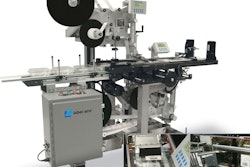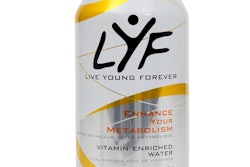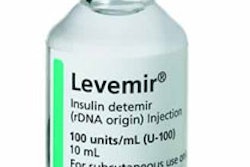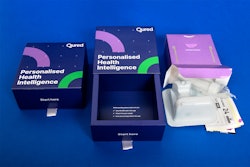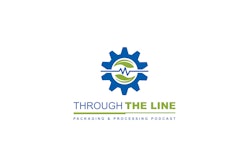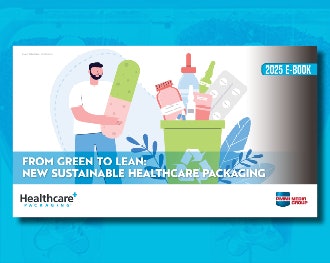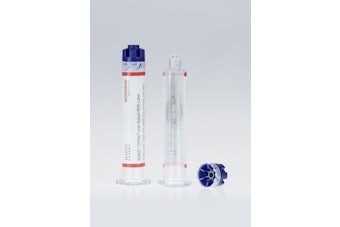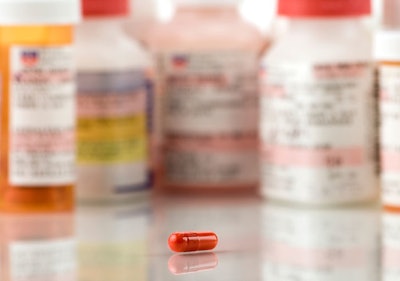
That's up from last year's $45.9 billion. The solid growth is forecast in “World Pharmaceutical Packaging,” a new study from The Freedonia Group, Inc..
The developed countries of Western Europe, the U.S., and Japan will continue to account for more than 60 percent of this amount, although China will provide among the strongest growth opportunities. Behind the growth: Rapidly expanding pharmaceutical manufacturing capabilities and the phasing-in of an extensive government program designed to upgrade the quality and integrity of nationally produced medicines.
The study reports that among other major developing economies, India and Brazil will also evolve into fast-growing pharmaceutical packaging markets as drug- producing sectors are upgraded and diversified, especially in the area of generic ethical drugs. Among the key trends identified in Freedonia's study were the following:
• The U.S. will remain the largest consumer of pharmaceutical packaging as its advanced drug-producing sector introduces new, sophisticated therapies with specialized packaging needs.
• Western Europe demand will reflect upgraded government standards requiring unit-dose, high-barrier and anti-counterfeit packaging.
• Japan will remain a large, diverse consumer of pharmaceutical containers, closures and related accessories.
• World demand for primary pharmaceutical containers will increase 6.1 percent annually through 2013 to $38.2 billion. Prefillable inhalers and prefillable syringes will generate the fastest growth opportunities among all pharmaceutical packaging products based on performance advantages in drug delivery and the introduction of new bioengineered medicines.
• Plastic bottles will sustain the largest share of global demand based on low cost, versatility, availability, and ongoing quality and design improvements.
• Pharmaceutical blister packaging will generate favorable growth via unit dose, clinical trial, compliance, institutional, and over-the-counter drugs.
• Equipment upgrades, coupled with trends favoring unit -dose packaging, will also boost demand for pouches and strip packs.
• Parenteral vials, ampules, and IV containers will fare well in the global marketplace as new injectable therapies based on biotechnology and other advanced disciplines reach commercialization. By contrast, world demand for medication tubes and glass bottles and jars will expand at a below average pace due to competition from alternative containers.
The 507-page World Pharmaceutical Packaging publication is available for $6,100. For further details, contact Corinne Gangloff by phone 440.684.9600, or by e-mail at [email protected].
The developed countries of Western Europe, the U.S., and Japan will continue to account for more than 60 percent of this amount, although China will provide among the strongest growth opportunities. Behind the growth: Rapidly expanding pharmaceutical manufacturing capabilities and the phasing-in of an extensive government program designed to upgrade the quality and integrity of nationally produced medicines.
The study reports that among other major developing economies, India and Brazil will also evolve into fast-growing pharmaceutical packaging markets as drug- producing sectors are upgraded and diversified, especially in the area of generic ethical drugs. Among the key trends identified in Freedonia's study were the following:
• The U.S. will remain the largest consumer of pharmaceutical packaging as its advanced drug-producing sector introduces new, sophisticated therapies with specialized packaging needs.
• Western Europe demand will reflect upgraded government standards requiring unit-dose, high-barrier and anti-counterfeit packaging.
• Japan will remain a large, diverse consumer of pharmaceutical containers, closures and related accessories.
• World demand for primary pharmaceutical containers will increase 6.1 percent annually through 2013 to $38.2 billion. Prefillable inhalers and prefillable syringes will generate the fastest growth opportunities among all pharmaceutical packaging products based on performance advantages in drug delivery and the introduction of new bioengineered medicines.
• Plastic bottles will sustain the largest share of global demand based on low cost, versatility, availability, and ongoing quality and design improvements.
• Pharmaceutical blister packaging will generate favorable growth via unit dose, clinical trial, compliance, institutional, and over-the-counter drugs.
• Equipment upgrades, coupled with trends favoring unit -dose packaging, will also boost demand for pouches and strip packs.
• Parenteral vials, ampules, and IV containers will fare well in the global marketplace as new injectable therapies based on biotechnology and other advanced disciplines reach commercialization. By contrast, world demand for medication tubes and glass bottles and jars will expand at a below average pace due to competition from alternative containers.
The 507-page World Pharmaceutical Packaging publication is available for $6,100. For further details, contact Corinne Gangloff by phone 440.684.9600, or by e-mail at [email protected].
Companies in this press-release



